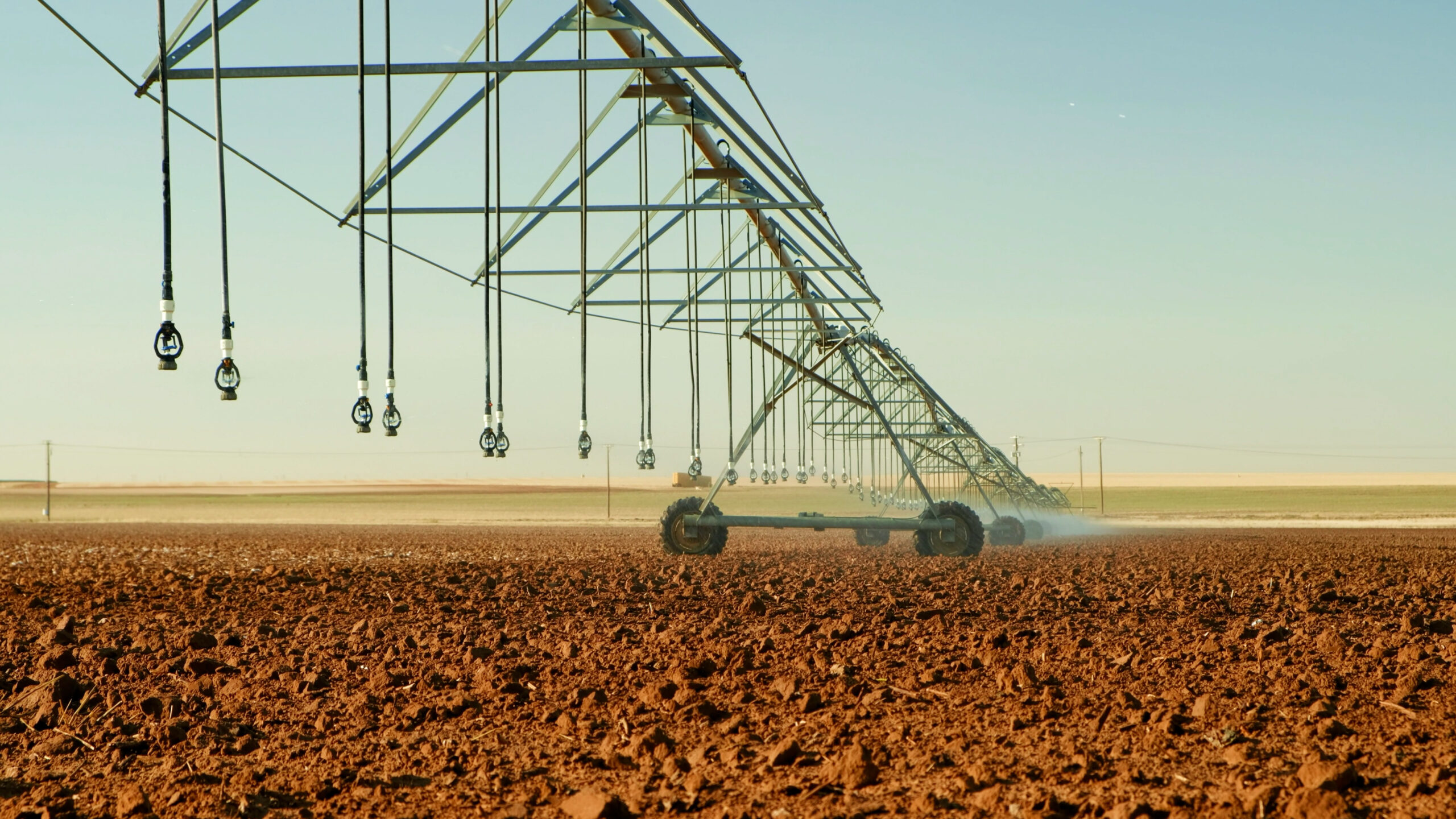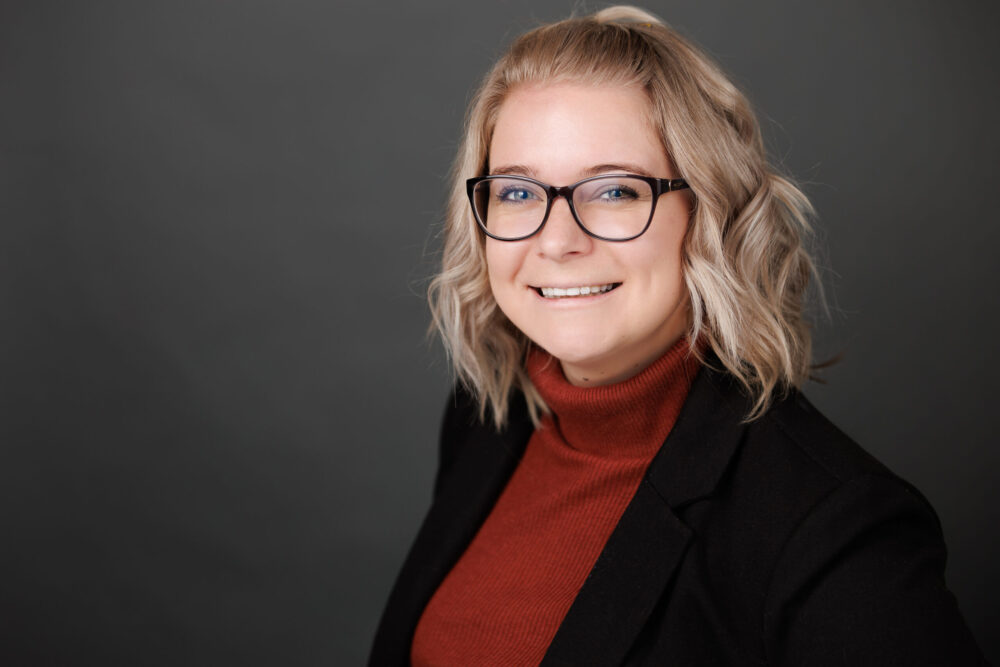AB Direct - Steers
Rail: 490.50-493.00 FOB feedlot (last week)
AB Direct - Heifers
Rail: 490.50-493.00 FOB feedlot (last week)
US Trade- Steers
Rail: 353.00-355.00 (IA, NE) last week
US Trade - Heifers
Rail: 353.00-355.00 (IA, NE) last week
Canadian Dollar
0.01

Alberta adjusts water license transfers to increase availability
Alberta is making it easier for communities, businesses, and farmers to access water by removing the 10 per cent holdback on most water license transfers.
Traditionally, transferring water required holding back 10 per cent, which often meant that available water couldn’t be used by those who needed it most.
To address this issue, Alberta’s government has introduced three new policies. These changes ensure that water is only held back when necessary. The new rules will make water transfers simpler, free up more water in southern and central Alberta, and support economic growth for agriculture, industry, and municipalities.
Rebecca Schulz, Minister of Alberta Environment and Protected Areas, says that Alberta communities, irrigators, and industry have asked for a more flexible system.
“Removing unnecessary holdbacks will make it easier — and less costly — for water license users to get the water they need, when they need it most, without reducing their overall allocation,” explains Minister Schulz.
Feedback from water users across the province indicated that these holdbacks were reducing water-sharing, adding costs, and limiting supply during droughts and shortages.
Under the new policy, water will only be held back as needed to prevent negative impacts on other water users or the environment, in line with the Water Act requirements. Water licenses in Alberta already include specific conditions to protect the aquatic environment. This change will also make the system more effective, allowing water license holders to transfer unused water to others who need it.
The new guidance applies to all river basins where transfers are allowed, including the South Saskatchewan River, Battle River, and Milk River. Future decisions on transfer applications will follow a consistent approach across regions to determine if holdbacks are needed.


